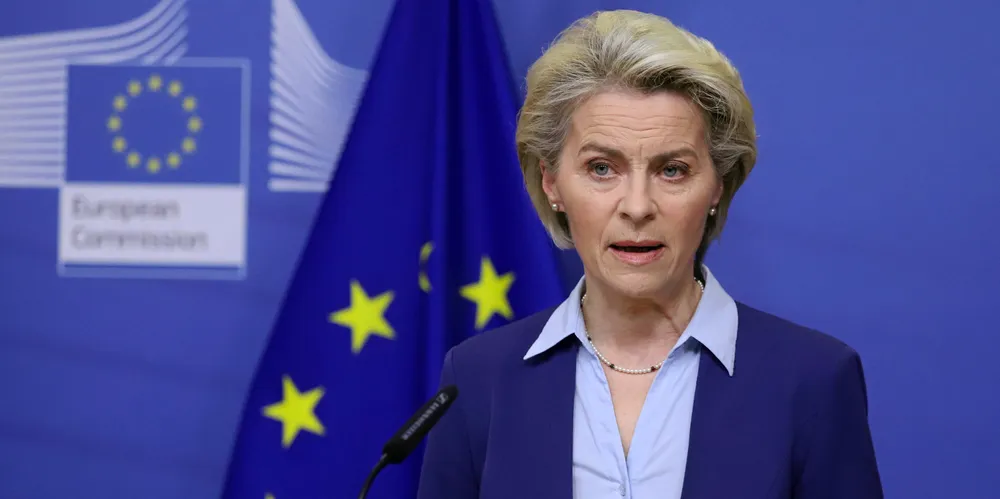EU nails down crucial rules over renewable 'additionality' for green hydrogen
New regulations to allow the monthly correlation of green power supply with H2 production until end of 2029, but hourly after that

New regulations to allow the monthly correlation of green power supply with H2 production until end of 2029, but hourly after that
